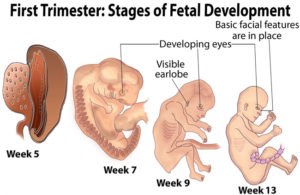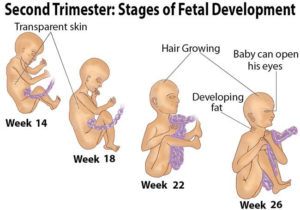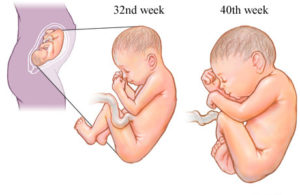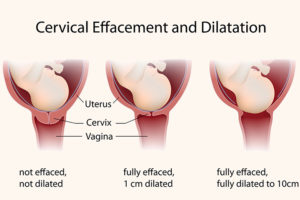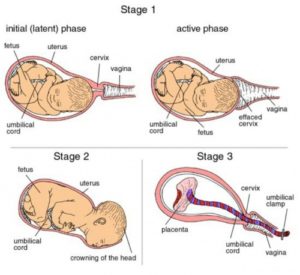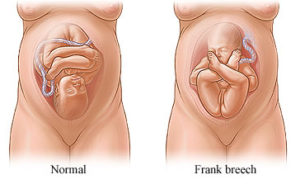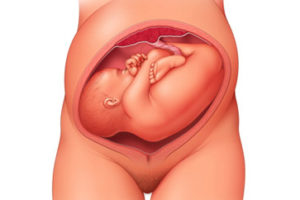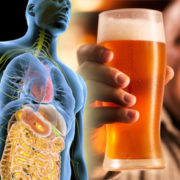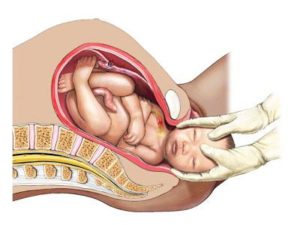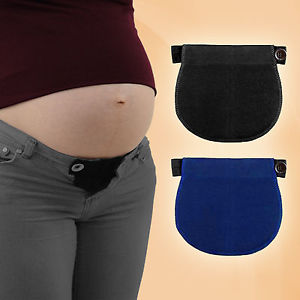Importance of Genetic Testing Before & During Pregnancy
All soon-to-be parents want their children to be healthy and to have a pregnancy free of major complications. Unfortunately, complications can occur during pregnancy, either with the mother’s health or the child’s. Sometimes, the mother and child are at risk for certain complications throughout the pregnancy because of their family history and genetics.
 All pregnant women are offered some form of testing for genetic problems. Now, deciding whether you want to have it done is completely personal. You will want to weigh different factors, including baby’s risk for genetic problems.
All pregnant women are offered some form of testing for genetic problems. Now, deciding whether you want to have it done is completely personal. You will want to weigh different factors, including baby’s risk for genetic problems.
What is genetic testing (carrier screening)?
Carrier testing is a type of genetic testing that is used to determine if a person is a carrier for a specific autosomal recessive disease. This kind of testing is used most often by couples who are considering becoming pregnant to determine the risks of their child inheriting one of these genetic disorders. In other words, if you screen positive for a genetic abnormality but your partner does not, your child will not inherit the condition. And even if you both screen positive, there’s only a 25 percent chance your baby will have the disease.
When should you get genetic testing?
Getting screened before you try to get pregnant can give you reassurance (if you or your partner is not a carrier, it’s one less thing to worry about when do you get pregnant) or can help you make an informed game plan for pregnancy. If it turns out that you are both carriers, you can be prepared for and bone up on what it means to have a baby with the genetic condition, choose to learn about certain prenatal tests to check whether your baby’s healthy, or you can consider other options like egg or sperm donation or adoption.
Getting tested once you become pregnant (if you hadn’t done so ahead of time) can help you and your doctor decides the right prenatal tests for your baby, and what to look for if you choose to have them. If you know that your baby’s at an increased risk for having cystic fibrosis or sickle cell disease, for instance, your doctor can look for those conditions specifically through either a CVS (chorionic villi sampling) or amniocentesis.
Who are genetic carriers?
If both partners in a couple carry the same recessive disease, then the couple have a one in four chance of a child with that disease. Carrier couples may, therefore, have multiple affected children. Some recessive diseases are relatively mild but others are severe, including many that cause death at or shortly after birth.
What are some of the most common genetic diseases? 
- Cystic fibrosis is a life-threatening condition that causes lung damage and digestive problems. It is a progressive, genetic disease that causes persistent lung infections and limits the ability to breathe over time. In people with CF, a defective gene causes a thick, sticky buildup of mucus in the lungs, pancreas, and other organs.
- Sickle cell disease is a disorder of the blood caused by an inherited abnormal hemoglobin (the oxygen-carrying protein within the red blood cells). The abnormal hemoglobin causes distorted (sickled) red blood cells. The sickled red blood cells are fragile and prone to rupture, most common in people of African and Mediterranean backgrounds, cause a blood disorder that leads to anemia, a weakened immune system, and other health complications.
- Thalassemia is another blood disorder common to people of African and Mediterranean descent. It is an inherited blood disorder in which the body makes an abnormal form of hemoglobin. Hemoglobin is the protein molecule in red blood cells that carries oxygen. The disorder results in excessive destruction of red blood cells, which leads to anemia and bone growth and liver problems; in severe cases, some babies born with the condition may not survive.
- Tay-Sachs Disease, which mainly affects people of French Canadian and Eastern European Jewish descent, is a disorder of the central nervous system that’s usually fatal in early childhood. Eastern European Jews also face an increased risk for another nervous system disorder called Canavan disease as well as a number of other conditions including familial dysautonomia, familial hyperinsulinism, and Gaucher disease. Your doctor can screen for all of these conditions at the same time.
- Fragile X Syndrome is a genetic condition that causes a range of developmental problems including learning disabilities and cognitive impairment and mental retardation. Usually, males are more severely affected by this disorder than females. Affected individuals usually have delayed development of speech and language by age 2. It is not linked to a specific ethnic background. Reviewing your family’s health history with a doctor or genetic counselor may help you decide whether you should be screened for Fragile X.
Benefits
 When pre-pregnancy carrier screening programs are introduced, they reduce death and disease associated with screened diseases. They can save families from experiencing the tragedy of a child affected by a significant genetic disease. They also reduce the burden of recessive disease with the population as a whole. Each recessive disease is rare but there are hundreds of recessive diseases and so collectively they have wide-ranging social and economic impacts.
When pre-pregnancy carrier screening programs are introduced, they reduce death and disease associated with screened diseases. They can save families from experiencing the tragedy of a child affected by a significant genetic disease. They also reduce the burden of recessive disease with the population as a whole. Each recessive disease is rare but there are hundreds of recessive diseases and so collectively they have wide-ranging social and economic impacts.
So pre-pregnancy carrier screening programs that include many genetic diseases, as now recommended by the American College, would maximize knowledge of genetic risk for couples.
Limitations
When testing genes, some identified variations are definitely harmful while most are definitely harmless. But for some variations, we can’t be sure if they are harmful, and whether or not they will cause disease in any children. There is no guarantee that pre-pregnancy screening will result in a healthy baby, but it will allow couples options to reduce the burden of disease associated with known disease-causing mutations.
Counseling is required before and after the test to explain the risks to couples.
The information, including but not limited to, text, graphics, images and other material contained on this website are for informational purposes only. The purpose of this website is to promote broad consumer understanding and knowledge of various health topics. It is not intended to be a substitute for professional medical advice, diagnosis or treatment. Always seek the advice of your physician or another qualified healthcare provider with any questions you may have regarding a medical condition or treatment and before undertaking a new health care regimen, and never disregard professional medical advice or delay in seeking it because of something you have read on this website.
Resources:






